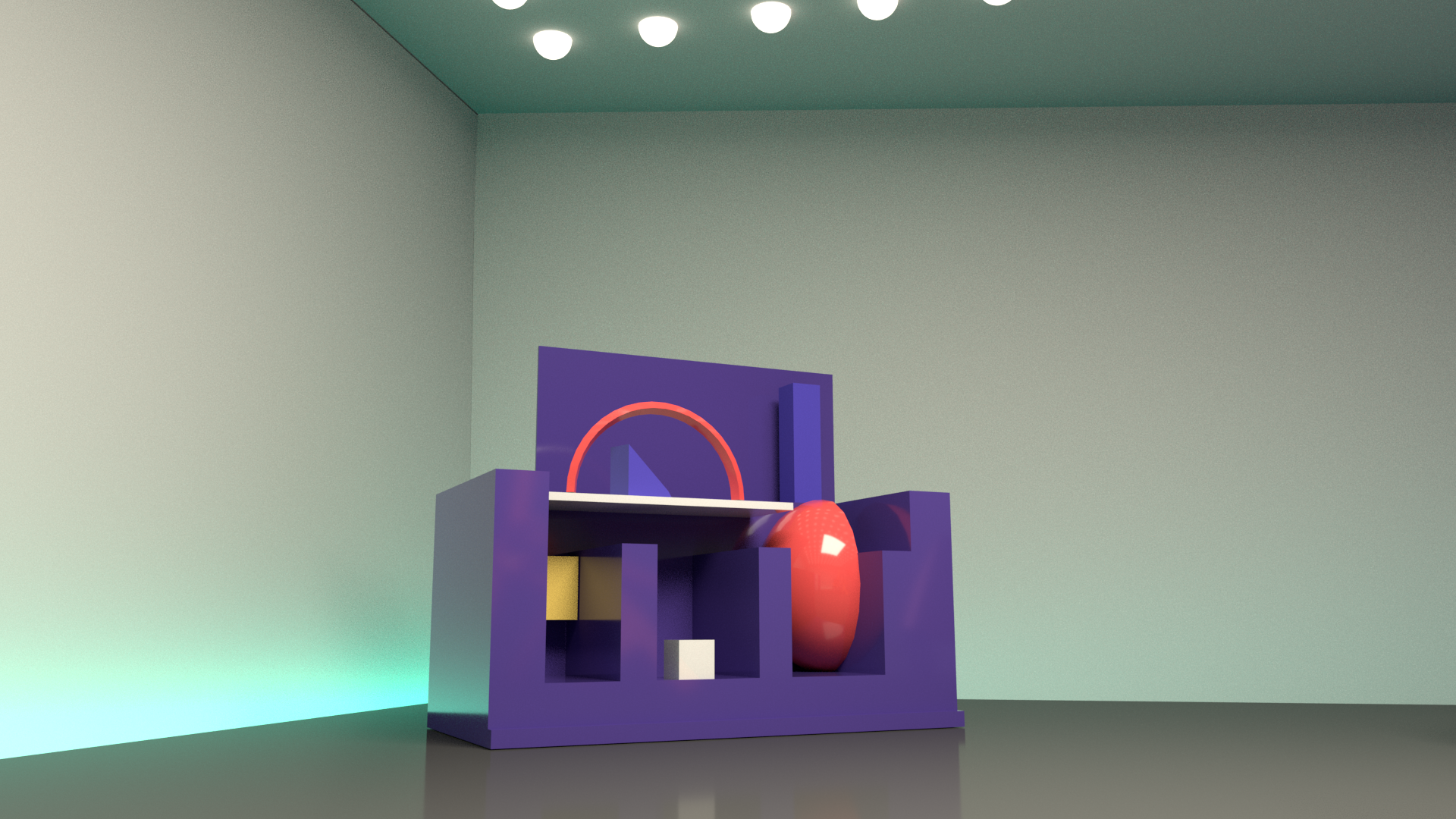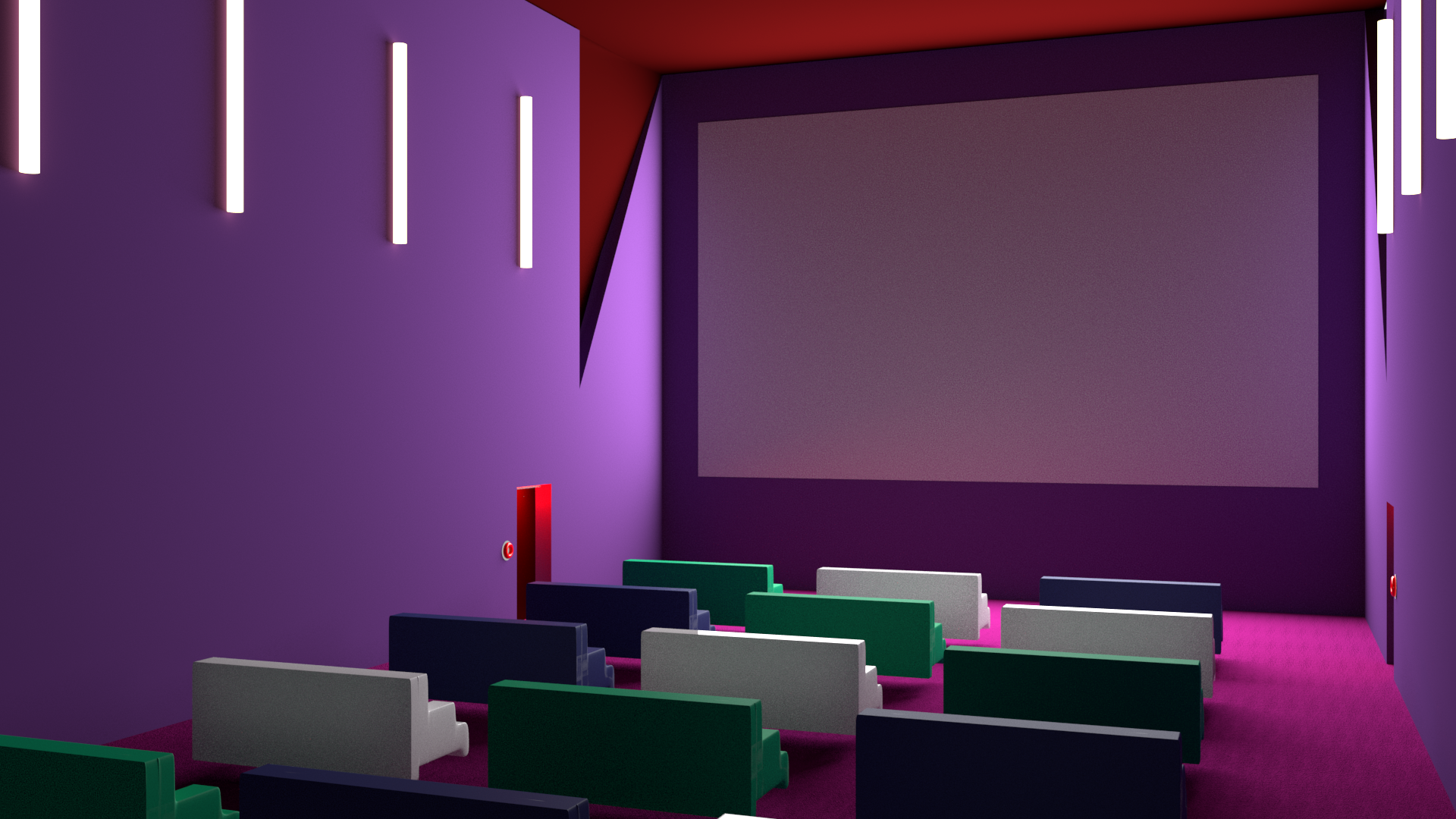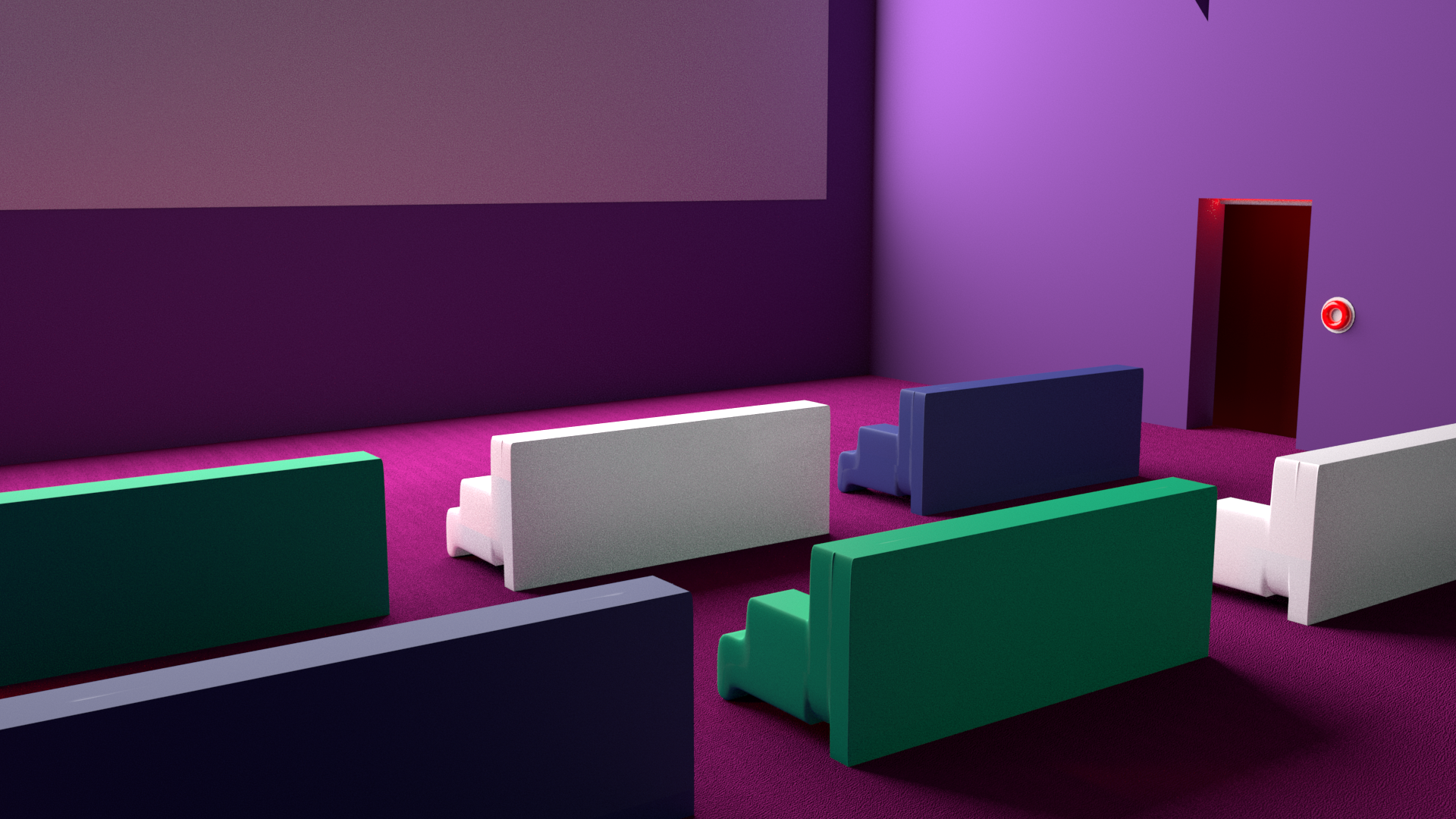
The ‘Musino’ possibility is a provocation that explores the similarities and differences between two seemingly disparate institutions: the Museum and the Casino. Through primary and secondary research into design and architecture languages, as well as case studies on visual identity used in both institutions, I examined what a hybrid institution might look like and how it might operate. Also, in this hypothetical context, questions around communication, promotion, and consumer behaviour emerged.
In this project, I seek to understand how the Casino, a capitalistic institution by nature, can bring new perspectives to the Museum. I considered the guiding principles and core values that might emerge from this hybrid institution, and examined who it serves and how it could impact society. The Labyrinth Museum draws from speculative methodologies, that aims to inspire new ways of thinking about the role of cultural institutions and the potential for innovative collaborations with contrasting entities.
What impact does the physical design and architecture of these institutions have on visitor experience and engagement? How can this hybrid institution address issues that arise from the intersection of art, entertainment, and commerce? The Labyrinth Museum serves as a case study in this research, providing a concrete example of how these ideas might be put into practice.




The Labyrinth Museum is the leading museum for interactive education. Since its foundation in 1974, the museum compiled multiple adjustments towards the improvement of the initial model. Strongly inspired by the casino lifestyle, a social, communal space, where the art world can be shared through pedagogic methodologies with a sense of surprise. Through a fictional circular economy, the experience is designed to encourage the visitor to participate in any event possible. Our extraordinary curatorial team offers every week the unexpected, presenting distinct events such as exhibitions, lectures, workshops, movie sessions, concerts, and each night a prime event that is accessible to all ages. Additionally, The Labyrinth Museum is connected to multiple universities around the world, stimulating young graduates to participate in satellite projects through the research centre.
Research, Design, Art Direction
Pedro Lobo- Format
Identity Manual, 297 x 420 mm
3D Models, 1080 x 1920 px


















